Navigating Thailand’s highways: a guide to smooth travel
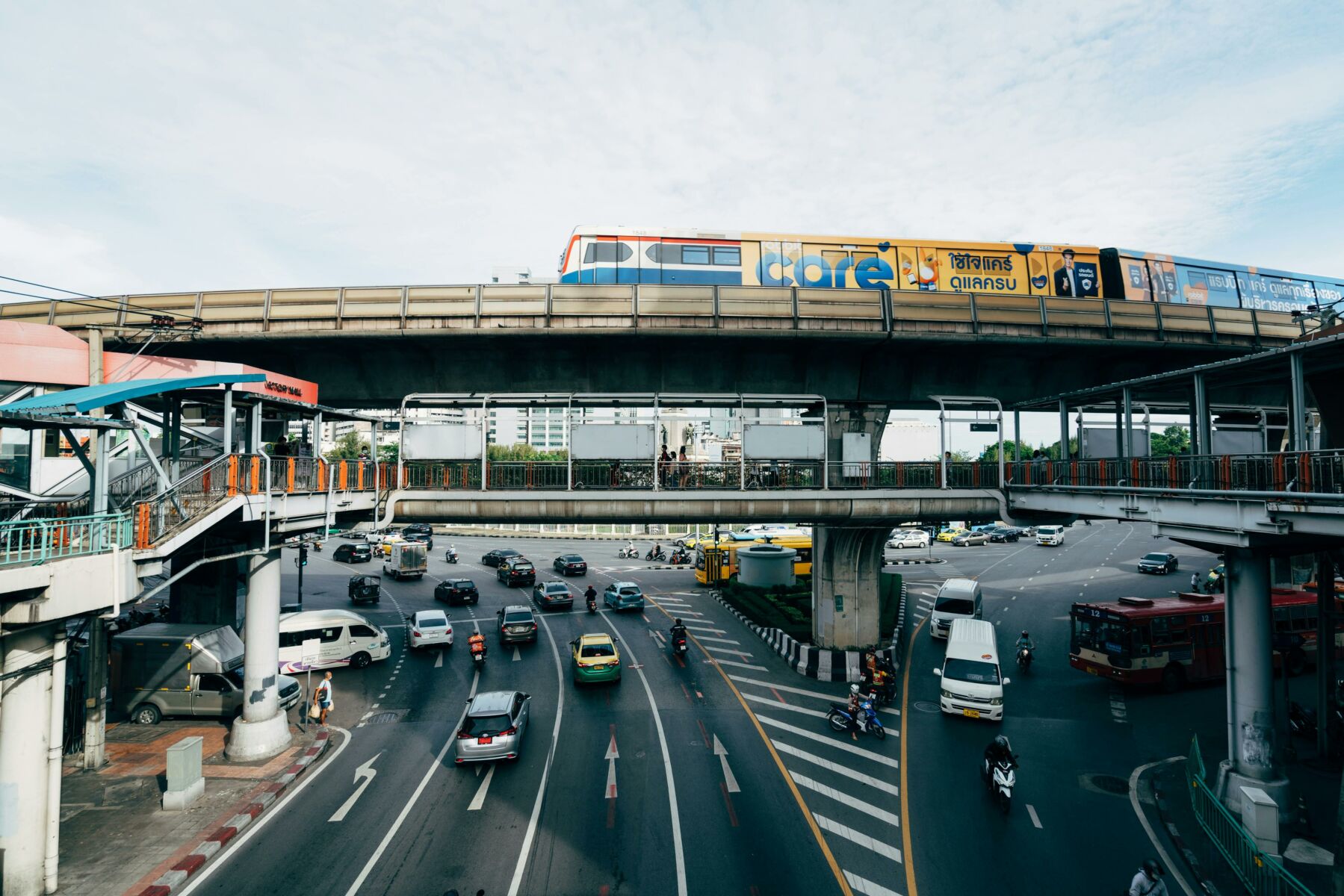
Thailand’s vast highway networks provide a convenient way to go all through the country’s beautiful scenery and vibrant towns. Knowing Thailand’s well-connected highways is essential whether you’re a tourist looking to explore the country’s cultural landscape or a local navigating daily life. These roads enable travellers to explore beyond well-known locations, unearthing hidden treasures and embracing the variety of experiences Thailand has to offer.
Familiarize yourself with Thailand’s highway network:
Thailand boasts an advanced highway system that links the nation’s major cities and provinces. There are four primary categories of highways: motorways (expressways), national highways, rural highways, and tollways. To efficiently plan your journey, familiarise yourself with the various categories and their relevance.
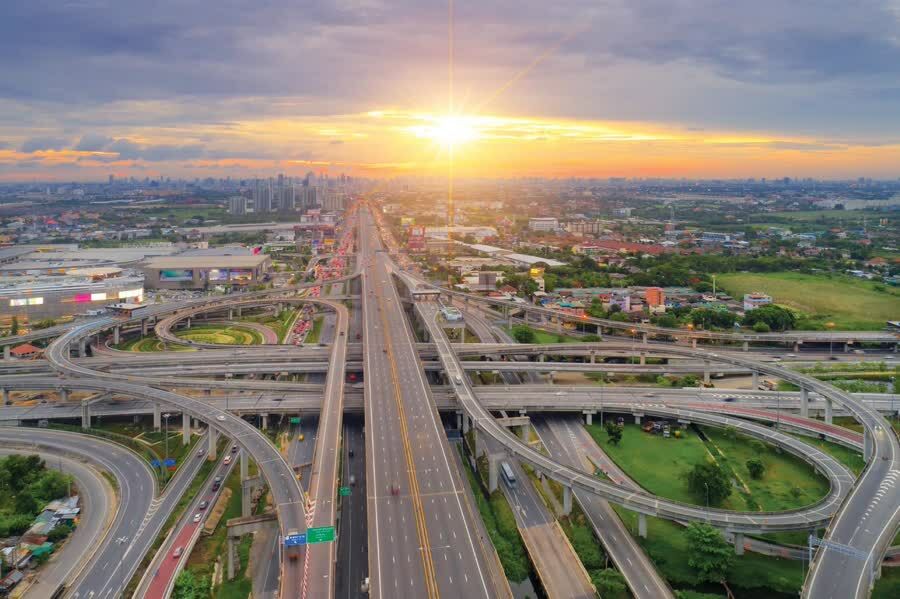
Plan your route:
Before beginning your journey, it is crucial to pre-plan your route using reliable maps or navigation apps such as Google Maps. Or if you don’t have a data connection you can download the app Maps.Me, on this app you will get the quickest route available offline, without traffic updates. Google Maps is widely used in Thailand and provides real-time traffic updates, unlike many other map applications in Thailand. Additionally, the Department of Highways website offers useful information on road conditions, toll fees, and rest areas along the way.
Peak traffic times:
To avoid getting caught in heavy traffic, plan your travel schedule carefully. There will be Rush hours typically between 7:00 am-9:00 am and 4:00 pm-7:00 pm in major cities like Bangkok. It’s advisable to schedule your departure and arrival times accordingly to ensure a smoother journey. A simple 10-kilometre journey through Bangkok in peak traffic hours can take upwards of two hours.
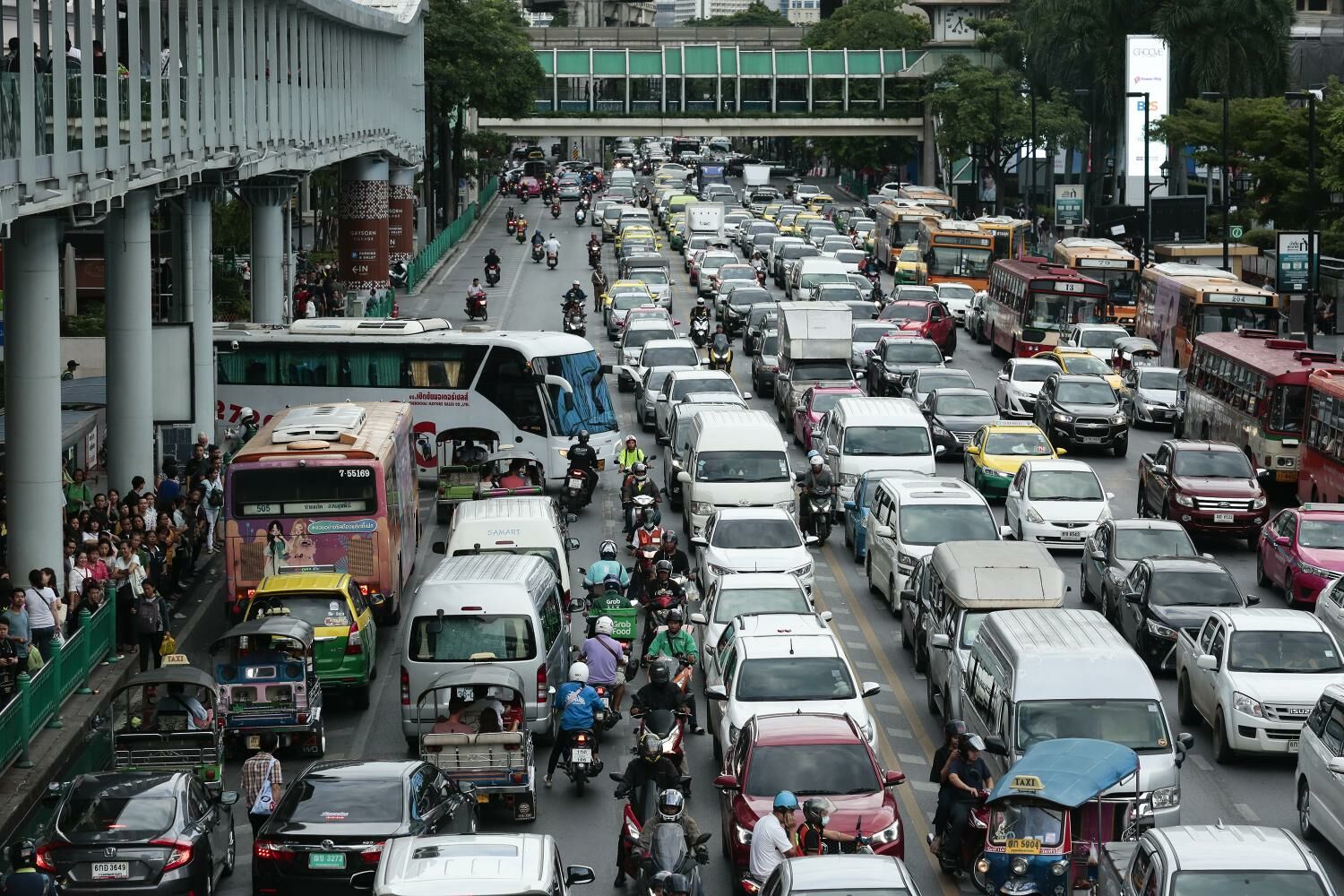
Adhere to traffic laws:
Thailand’s highways have specific rules and regulations that drivers must adhere to. It is essential to stay alert, keep an eye on road signs, and follow traffic laws at all times. Avoid speeding, use indicators while changing lanes, and ensure everyone in the vehicle wears seat belts. Remember that the minimum driving age in Thailand is 18 years, and it is mandatory to possess a valid driver’s license. It’s also important to remember that motorbikes and scooters are not permitted on many highways, especially in Bangkok.

Be prepared for toll payment:
Thailand’s tollways are an efficient way to cover long distances quickly. However, remember to carry enough cash or ensure that your electronic payment cards are topped up. Toll fees vary according to the distance travelled, and you will find toll booths at regular intervals along the highways. Pay attention to the signs indicating the correct lane for cash payments or electronic toll tags. By using tollways travel time is often significantly reduced due to the rarity of traffic on them, as most locals tend to not use them for shorter journeys.
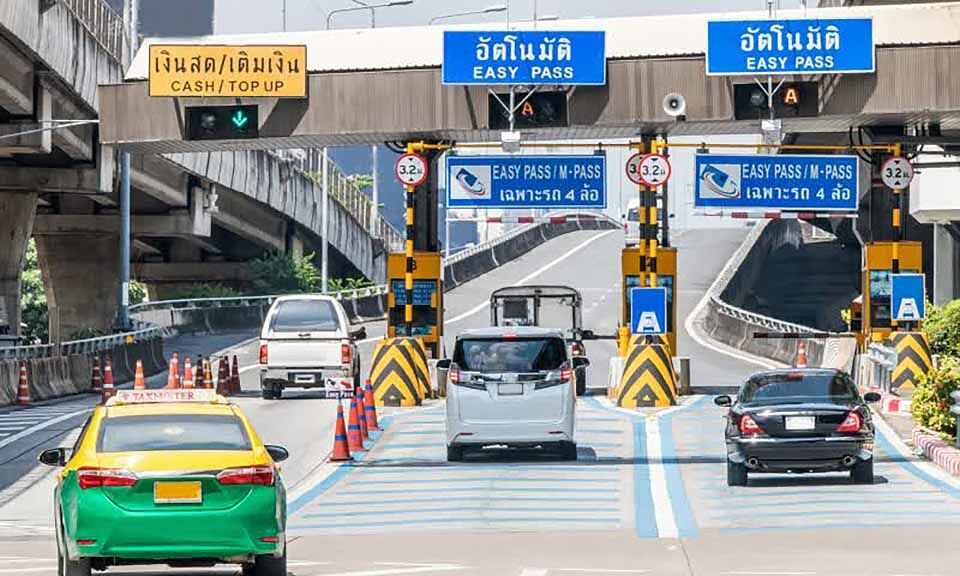
Utilize rest areas:
There are lots of rest spots along Thailand’s highways, complete with clean restrooms, restaurants, and gas stations. Managing driver fatigue while travelling long distances requires taking frequent rests. You can stretch your legs, take a snack, or savour a regional speciality at these top spots. Many of these rest spots are in locations that otherwise you will most likely never visit.
Check for road conditions:
Before your trip, stay informed about possible road closures, construction works, or any other disruptions that could affect your journey. Websites or apps such as Waze or DDPM (Department of Disaster Prevention and Mitigation) provide real-time traffic updates and information on road conditions, accidents, or floods. Stay connected and plan alternative routes if necessary. As Thailand is a tropical country flash floods are an often occurrence in every province with certain places being more equipped to deal with them than others.
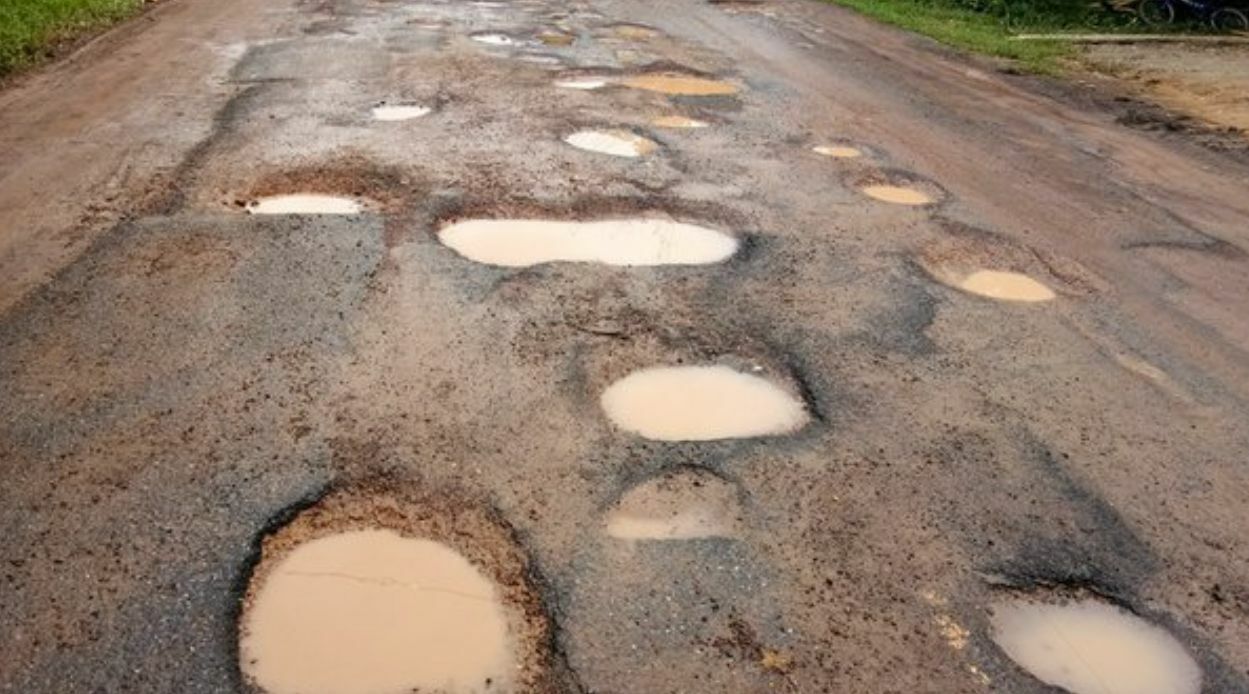
Embrace the local driving habits:
Thailand’s traffic culture may differ from what you are accustomed to in the Western world. Thai drivers are known for their patience and flexibility on the roads. However be aware and alert that motorcycles and tuk-tuks often weave in and out of traffic, and it is important to be cautious and give way, especially to smaller vehicles that can proceed through the traffic. Understanding and respecting the local driving habits will help you navigate the highways more smoothly and in general make the driving experience better.

Thailand’s highway networks make it easy to travel around the country and reach a variety of attractions. You can have a hassle-free and safe drive by being aware of the many kinds of roadways, preparing ahead, and following traffic laws. When faced with local driving customs, keep an open mind, utilise rest locations, and remain vigilant. Make the most of your trip and navigate Thailand’s roadways with confidence.
Not sure of what car to buy? You can check out the top go-to car brands to buy in Thailand!








